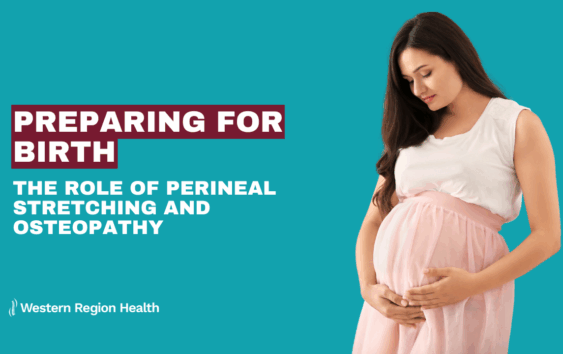General | November 27, 2025
Navigating Menopause: How Oestrogen Decline Affects Your Pelvic Floor
Menopause is a natural and significant transition in a woman’s life, marked by the cessation of menstruation and, crucially, a decline in hormone levels, particularly oestrogen. While hot flushes and mood swings are well-known symptoms, the effects of this hormonal shift on the pelvic floor are often overlooked, yet they can be a source of considerable discomfort and frustration.
Oestrogen plays a vital role in maintaining the health and vitality of the pelvic floor muscles, ligaments, and connective tissues. It helps to keep them strong, elastic, and well-hydrated. As oestrogen levels begin to drop during perimenopause and menopause, these tissues undergo changes, which can have a profound impact on pelvic health. The tissues can become thinner and less elastic, and the muscles may lose tone and strength.
These changes can lead to a variety of common but often unspoken symptoms:
- Urinary Incontinence: The weakening of the pelvic floor muscles that support the bladder and urethra can lead to stress incontinence (leakage during a cough, sneeze, or laugh) or urge incontinence (a sudden, strong urge to urinate).
- Pelvic Organ Prolapse: The loss of strength and elasticity in the supporting ligaments can cause pelvic organs to descend into the vaginal canal.
- Vaginal Dryness and Discomfort: The thinning and loss of elasticity of the vaginal tissues can lead to discomfort, itching, and pain during intercourse.
From a holistic osteopathic perspective, we understand that these symptoms are not isolated to the pelvic floor. The decline in oestrogen affects the entire musculoskeletal system, contributing to a loss of bone density, joint stiffness, and muscular tension. All of these factors can indirectly impact the function and integrity of the pelvis and pelvic floor.
Our osteopathic approach is designed to provide comprehensive support during this time. We use gentle, hands-on techniques to address the wider structural and mechanical issues in the body, such as:
- Improving Mobility: We work to ensure the lumbar spine, hips, and pelvis have good mobility. Optimal alignment in these areas reduces unnecessary stress on the pelvic floor.
- Reducing Tension: We can release muscular tension in the abdomen, lower back, and buttocks, which can restrict movement and affect pelvic pressure.
- Optimising Blood Flow: With your informed consent, we may use gentle internal techniques to work directly on the pelvic floor muscles. This can help to improve local blood flow, reduce trigger points, and improve muscle awareness.
While menopause is an unavoidable stage of life, the pelvic floor symptoms that accompany it are not something you have to endure in silence. Osteopathy offers a safe, gentle, and effective complementary approach. By addressing the wider biomechanical factors at play and working to restore balance to your body, we can help you navigate this transition with greater comfort and confidence. We always encourage you to consult with your GP or a gynaecologist to discuss all your treatment options, including osteopathic care.


